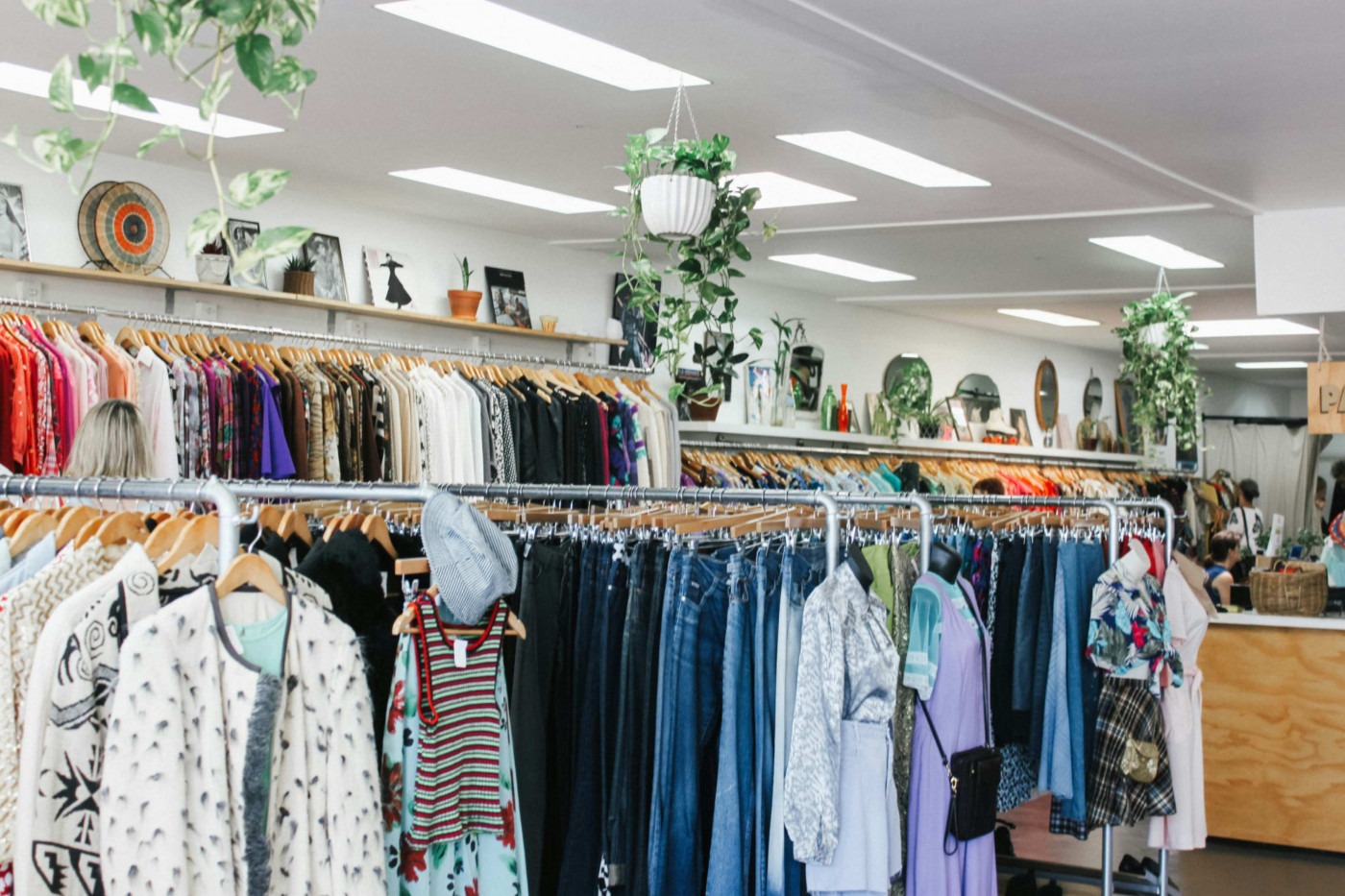Economic necessity or a conscious choice: why are Gen Z shoppers thrifting their clothes?
Social media has presented thrifting as an environmental alternative to fast fashion, and MADE describes it as a “conscious choice reflecting [Gen Z] values”, but is thrifting as ethically superior as it seems? Is thrifting secretly awful for the environment, or does it promote overconsumption? Whilst some of these statements may be exaggerated, second-hand resellers play a vital role in the fashion industry and are therefore capable of negative impact.
We are all aware of the detrimental environmental impacts caused by fast fashion, as brands rely on poor quality materials and unpaid labour to keep up with the latest trends. In an interview with Refinery29, a young thrifter said: “I thrift because I want to help save clothing from being thrown away.” Therefore, understandably, many young consumers have turned to shopping second-hand to detach themselves from these harmful practices.
Second-hand shops, whilst honourably allowing ‘reuse’ and ‘recycle’, may indirectly prevent the most important part of the slogan – ‘reduce’
However, thrifting does not single-handedly solve the overconsumption and waste problems in the fashion industry. The American thrift shop Goodwill receives six billion lbs of donations a year. The knowledge that unwanted fast fashion purchases can simply be donated may have contributed to the growing issue of overconsumption. Second-hand shops, whilst honourably allowing ‘reuse’ and ‘recycle’, may indirectly prevent the most important part of the slogan – ‘reduce’.
Instead of purchasing from more expensive slow fashion brands that employ ethical and sustainable methods of production, thrifting offers greater economic benefits for consumers. However, the popularity of fast fashion brands such as Primark and SHEIN stems from their low price points, accessibility, and ability to mass-produce trendy products on demand. This creates economic competition between thrift and fast fashion shops, forcing consumers to choose between their environmental impact and their bank accounts.
MADE’s report suggested that older generations often associate second-hand clothing with economic necessity. Thankfully, the stigma of buying second-hand clothes has decreased. One thrifter said: “With the economy being the way it is, a lot of people are coming into the thrift stores now to save money.” These accessible second-hand prices offered in charity shops do not make you choose between your purchases and the planet.
Social media has largely increased the popularity of thrifting among young people by promoting vintage clothing as a means of expression. MADE highlights how thrifting allows people to wear more ‘unique and often unexpected’ clothing that allows for greater ‘self-expression and individuality’. One thrifter recalls the joy in dressing in something that “no one else I knew had.” Gen Z like to wear vintage clothes as they are nostalgic for a time they haven’t lived through, as a means to escape today’s harsh realities.
The commodification of vintage clothing also means that thrifters are sometimes only looking for valuable items with re-sale value. For these thrifters, the ultimate aim is for financial gain rather than finding unique pieces to shape their fashion identity. The ethics of reselling can be debated: although the causes benefit from these purchases, there are downsides. In response, charity shops often mark-up the value of donated designer items, aware that these items are more desirable.
Despite this, the second-hand industry is overall less anxiety-inducing than the non-stop rotating and flash deals of fast fashion. A WGSN survey indicated that anxiety was the “highest reported consumer emotion in 2023, experienced by over 70% of respondents”. Charity shops provide a less intense atmosphere, and a secure working environment for people with disabilities, neurodivergence, or on community-service payback schemes.
By nature, thrifting is dependent on the popularity of fast fashion for supply
The role of charity shops on the high street cannot be underestimated. Charity shops provide a vital service for students, the elderly, and shoppers on a tight budget. By renting empty spaces to charity shops, landlords save on empty rates fees, and value is brought to the local community and other businesses on the high street. However, these shops are potentially under threat due to the increasing popularity of online resellers such as Vinted and Depop. A study by Thredup showed that 58% of American Gen Z thrifters made at least one online purchase in 2022-2023 from online resellers.
So, is thrifting good or bad? Any attempt to quantify the impact of a lone purchase is nearly impossible in our increasingly complex and evolving world. Nonetheless, the conclusion that thrifting is more environmentally and socially friendly than buying from fast fashion brands is correct. At the end of the day, it appears that no one is attempting to present thrifting as a wasteless and harmless industry. By nature, thrifting is dependent on the popularity of fast fashion for supply. A societal shift towards slow fashion principles could provide people from all different backgrounds with clothing made of sustainable materials and decrease overconsumption and waste for good.

Comments